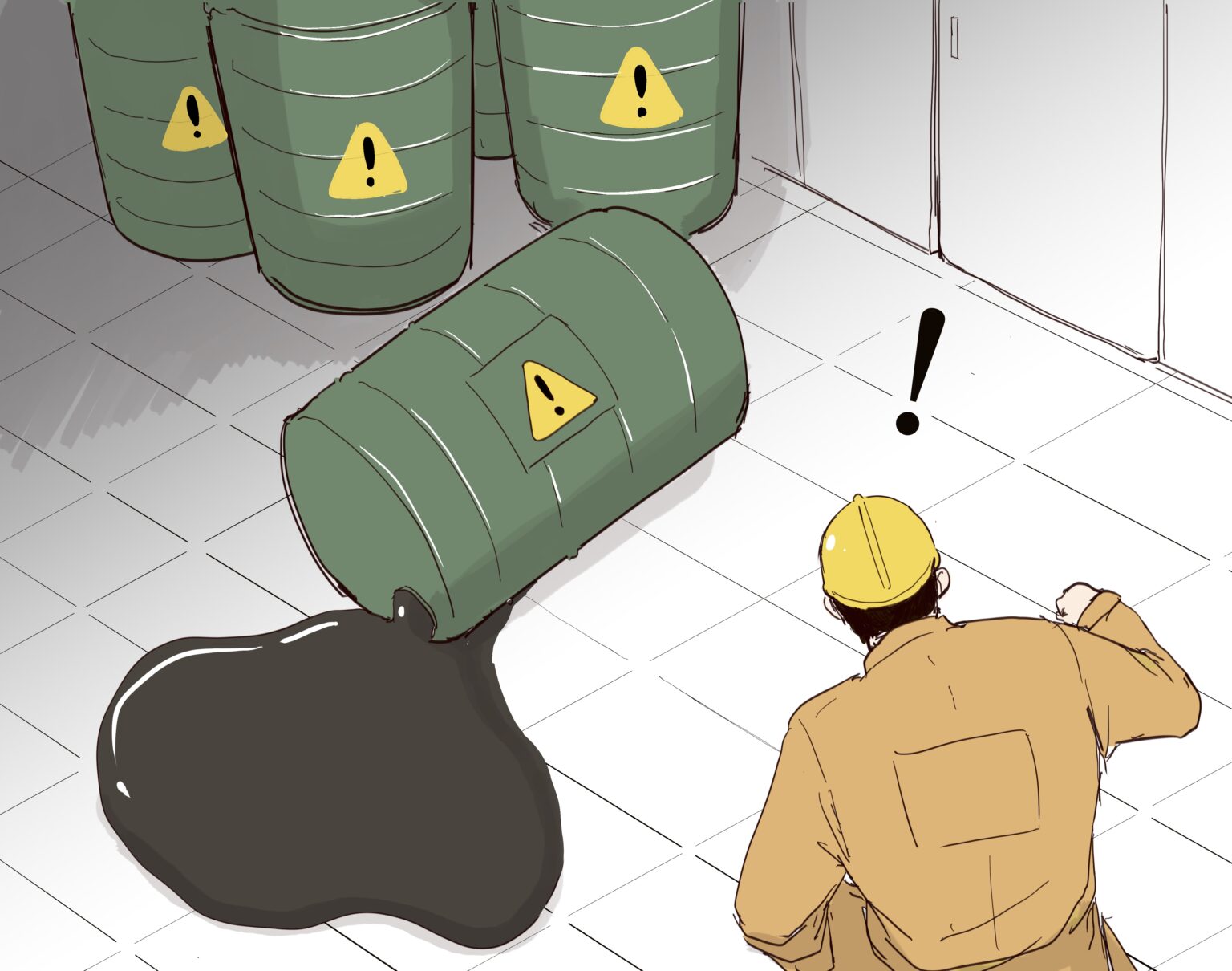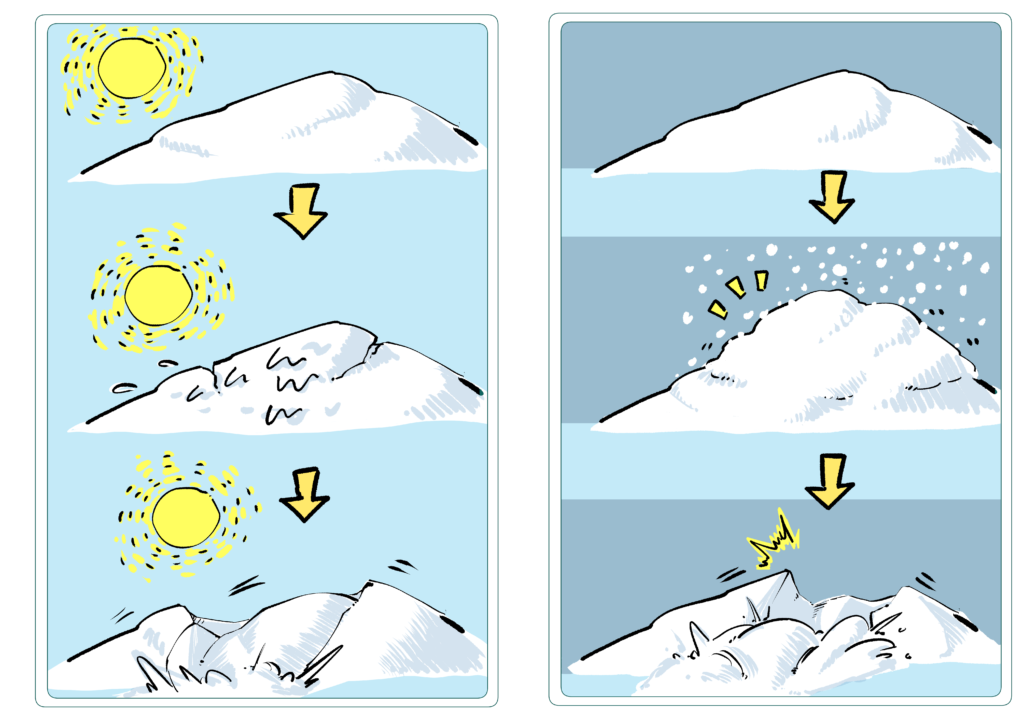
Explosions and fires occur in chemical plants due to runaway reactions in chemical processes, causing serious damage with fatalities.
Accidents can occur at any point in the life cycle of chemicals, including manufacturing, transportation, storage, use, disposal, and production.
The causes of chemical accidents include abnormalities in raw materials, products, and other substances handled, abnormalities in equipment and machinery, errors in operation and handling, and poor maintenance and construction.
Most chemical accidents are caused human error, such as “recognition and confirmation errors”, “mishandling”, and “misjudgment” employees.
It is important to know the basics of handling chemical hazards and to exercise proper management and caution.


